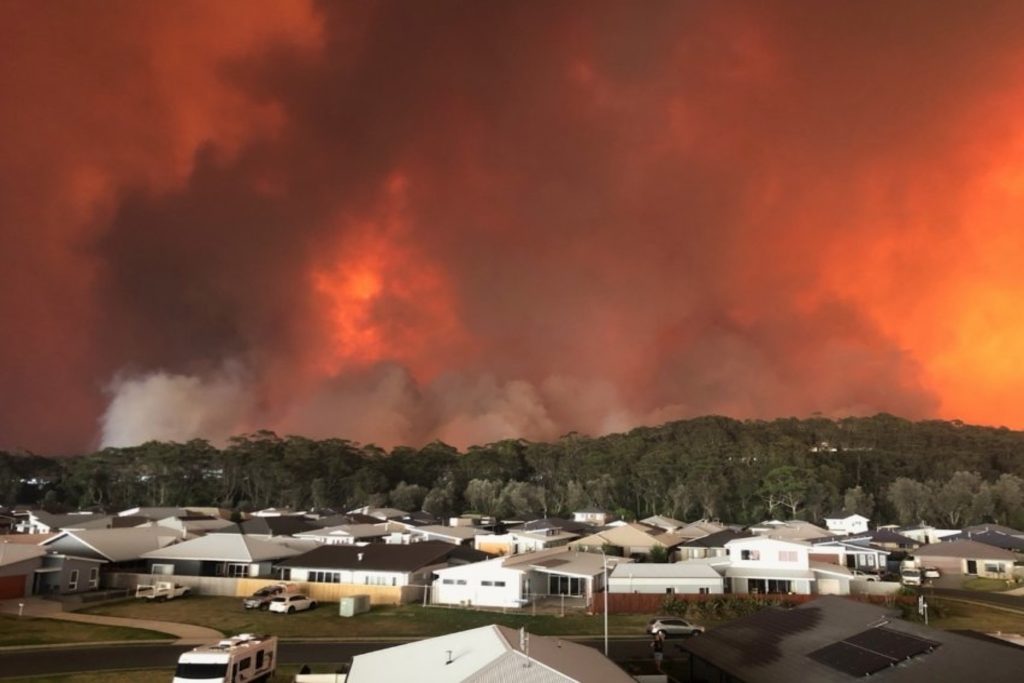Past Conformity: Enhancing Building Safety with a Thorough BAL Report Analysis
Past Conformity: Enhancing Building Safety with a Thorough BAL Report Analysis
Blog Article
Just How BAL Record Impacts Bush Fire Security Actions
In the realm of bush fire security, the Structure Strike Level (BAL) record stands as a crucial device that dramatically influences the safety and security and resilience of residential properties in fire-prone areas - BAL Report. The influence of a BAL evaluation extends much past simple paperwork; it functions as the keystone for figuring out the appropriate building and construction standards and fire security actions necessary to alleviate the risks postured by bushfires. As neighborhoods come to grips with significantly severe fire periods, comprehending just how the BAL record forms these protective measures ends up being paramount for contractors, house owners, and policymakers alike
Understanding the Bushfire Strike Degree
Relevance of BAL Record Assessment

Moreover, the BAL report analysis works as a foundational action in following legal responsibilities and demands associated with bushfire security. Neighborhood councils and authorities often mandate the submission of a BAL report as part of the planning and structure authorization procedure to make certain that homes are adequately protected against bushfire dangers. Falling short to perform an extensive BAL record analysis can result in insufficient defense measures, leaving buildings susceptible to ravaging bushfire incidents.
Building Specifications Based on BAL
An extensive understanding of the Bushfire Strike Level (BAL) enables homeowner to apply construction requirements tailored to their certain danger profile. Construction criteria based on BAL are vital in minimizing the effect of bushfires on residential or commercial properties. The BAL ranking classifies the prospective risk a building encounters during a bushfire on a range from BAL-Low to BAL-FZ (Flame Area) Each BAL level represents particular construction needs described in the Australian Standard AS3959-2018 Building And Construction of Structures in Bushfire-Prone Areas. Homes identified as BAL-Low might only need fundamental steps such as clearing particles and preserving yards, while those in higher BAL groups need even more robust measures like ash displays, fire-resistant products, and sealed windows. Following these building criteria not only improves the architectural resilience of the building however likewise improves the overall safety and security of locals during a bushfire occasion. Therefore, homeowner should thoroughly consider their BAL score and abide by the corresponding building criteria to sufficiently guard their homes and occupants.
Applying Fire Security Steps
With the foundation of construction criteria based upon Bushfire Attack Degree (BAL) in location, the focus now shifts in the direction of the sensible application of this content fire defense steps to fortify properties versus bushfire dangers. Executing fire protection measures entails a mix of passive and energetic strategies to enhance the resilience of buildings in bushfire-prone locations. Easy procedures consist of using fire-resistant structure products, installing ash guards on vents, securing gaps in wall surfaces and roofs, and preserving a clear room around the property devoid of combustible greenery. Energetic measures encompass having firefighting tools readily offered, such as hose pipes and water pumps, as well as producing a defendable room around the building by clearing plants and having a properly maintained garden. Additionally, establishing a discharge strategy and guaranteeing all citizens recognize emergency procedures are critical components of efficient fire defense steps. By incorporating both passive and active methods, buildings can substantially decrease their susceptability to bushfire events and raise the security of owners.
Safeguarding Residences Against Bushfires
Effectively guarding homes versus the damaging impacts of bushfires calls for a thorough and aggressive approach to fire defense procedures. Additionally, sealing voids and vents to avoid ember breach, as well as including fireproof doors and windows, can help strengthen the home's protection versus bushfires. By accepting a positive stance and integrating these safety steps, house owners can substantially boost their opportunities of safeguarding their homes against bushfires.
Conclusion
In verdict, the Bushfire Assault Degree (BAL) record plays an important duty in determining the required security procedures against bushfires. Carrying out fire defense measures based on the BAL report is crucial in protecting residential or over here commercial properties from potential bushfire hazards.
In examining bushfire threat to buildings, understanding the Bushfire Attack Level (BAL) is an important part for applying effective defense measures. Overall, a clear understanding of the Bushfire Attack Level is important for executing appropriate security steps and alleviating the influence of bushfires on residential or commercial properties.

Report this page